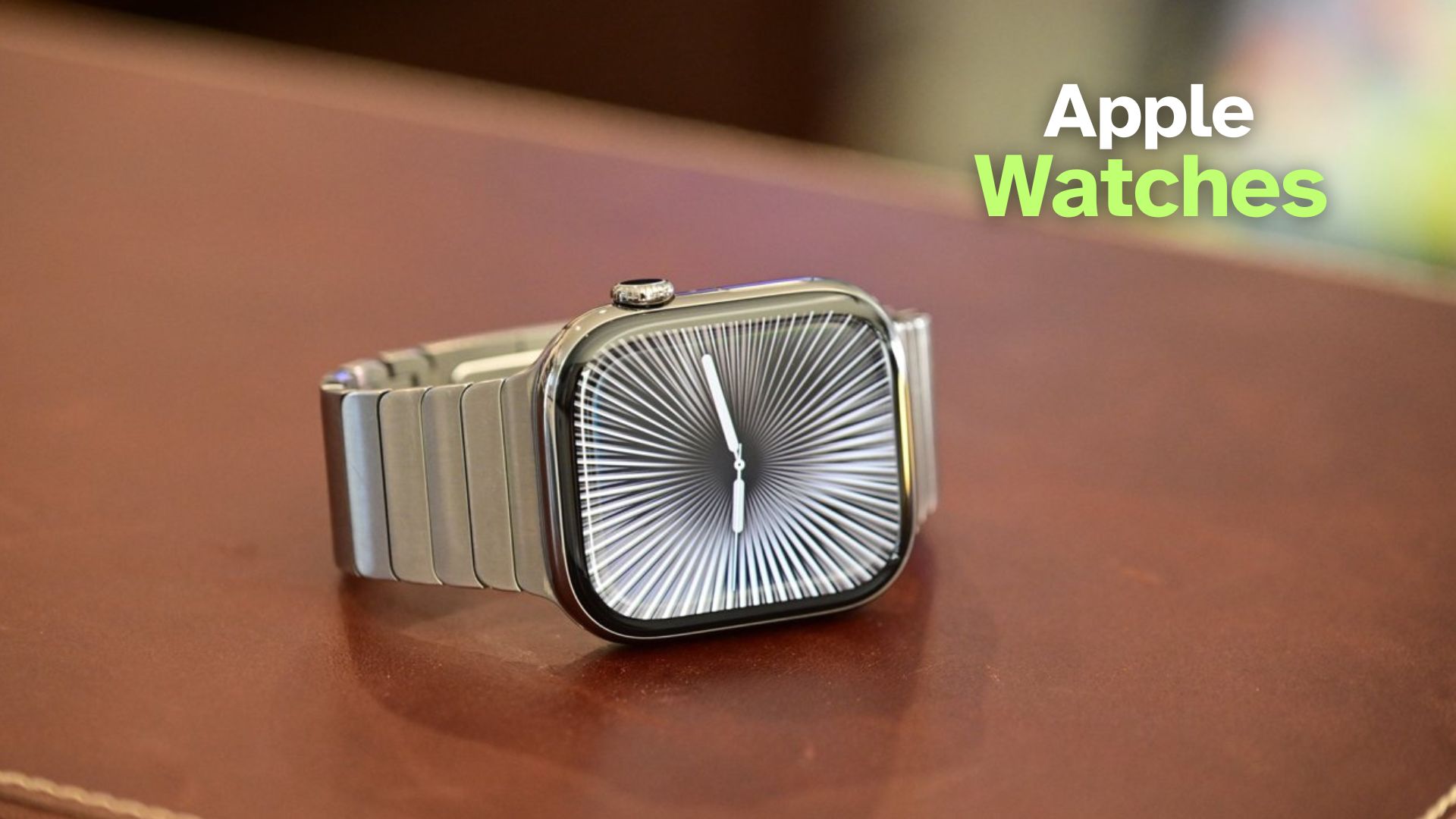Apple’s next-generation smartwatches are almost ready for their September 2025 debut, but a recent leak has shed light on one key detail that may disappoint enthusiasts: the new S11 chip powering the Apple Watch Series 11, Apple Watch Ultra 3, and Apple Watch SE 3 is unlikely to deliver noticeable performance improvements over previous models.

According to internal information inadvertently revealed by Apple, the S11 system-in-package (SiP) will use the same underlying architecture as the S9 and S10 chips, first introduced with the Apple Watch Series 9 in 2023. While this ensures stability and efficiency, it also means that buyers expecting a major jump in speed or processing capability will need to wait until 2026, when Apple is expected to launch the S12 with a refreshed microarchitecture.
The S11 Chip: Familiar Technology in a New Package
Apple’s S11 SiP, which will power the upcoming Apple Watch lineup, is based on the T8310 architecture—the same foundation used in both the S9 and S10 chips. This is not a new strategy for Apple. In the past, the company has relied on maintaining the same architecture across several generations of Apple Watch processors:
-
S6, S7, and S8 chips all shared the same core design.
-
S9 and S10 continued the trend with dual “Sawtooth” performance cores derived from the A16 Bionic chip used in the iPhone 14 Pro.
The S11 will continue this legacy, offering a 64-bit dual-core processor, 4-core Neural Engine, second-generation Ultra Wideband (UWB) support, and 64GB of onboard storage.
Short Summary Table
| Feature | Details |
|---|---|
| Chipset | Apple S11 SiP |
| Architecture | Same T8310 as S9 and S10 |
| Processor | 64-bit dual-core with 4-core Neural Engine |
| Storage | 64GB |
| Connectivity | 2nd Gen Ultra Wideband (UWB) |
| Devices | Apple Watch Series 11, Ultra 3, SE 3 |
| Launch Date | September 2025 |
| Future Chips | S12 expected in 2026 with new microarchitecture |
| Official Site | Apple.com |
Why Apple Reuses Architectures in Apple Watch Chips
Unlike the iPhone or iPad, the Apple Watch faces unique constraints that influence processor design. Performance is not the only priority efficiency, battery life, and compact size are equally critical. By reusing proven architectures, Apple minimizes risks while making subtle improvements such as space optimization, thermal management, and wireless capability enhancements.
For example, with the S10 chip in the Apple Watch Series 10, Apple implemented a thinner package design, freeing up internal space without changing the core performance profile. This allowed Apple to slim down the watch casing while maintaining battery life.
The same philosophy is expected to apply to the S11. While the raw computing performance may remain unchanged, Apple could make physical and power-efficiency improvements to support new watch designs and features.
The Road to the S12: Real Performance Gains Ahead
Those hoping for a genuine leap forward will likely need to wait until the S12 chip in 2026. Leaks suggest that Apple will finally introduce a new microarchitecture with significant performance and efficiency improvements. This aligns with Apple’s pattern of introducing new cores every few years rather than annually.
The S12 may borrow design elements from Apple’s latest A-series chips used in iPhones, potentially bringing improved AI capabilities, faster performance cores, and better integration with health and fitness sensors.
Device Codenames and What They Mean
The leaked code also included a list of internal codenames for Apple’s upcoming and future smartwatches. These identifiers provide clues about Apple’s roadmap:
-
N227: Apple Watch Series 11 (GPS)
-
N228: Apple Watch Series 11 (Cellular)
-
N230: Apple Watch Ultra 3
-
N237: Apple Watch Series 12 (GPS, 2026)
-
N238: Apple Watch Series 12 (Cellular, 2026)
-
N240: Apple Watch Ultra 4 (2026)
This confirms that the 2025 lineup will consist of the Series 11, Ultra 3, and SE 3, while the 2026 models are already in development.
Expected Launch Timeline
Apple is widely expected to unveil the Apple Watch Series 11, Apple Watch Ultra 3, and Apple Watch SE 3 during its September 2025 event. These devices will ship with watchOS 12 and may feature minor hardware refinements alongside the unchanged S11 chip.
Given Apple’s consistent fall release pattern, pre-orders will likely begin shortly after the event, with retail availability within two weeks.
Frequently Asked Questions (FAQs)
1. Will the Apple Watch S11 chip be faster than the S10?
A. No. The S11 chip uses the same architecture as the S9 and S10, so performance will remain largely the same.
2. What improvements might the S11 bring?
A. While performance is unchanged, Apple may refine the chip’s physical design for better efficiency, thinner packaging, or improved integration with new features.
3. Which models will use the S11 chip?
A. The Apple Watch Series 11, Apple Watch Ultra 3, and Apple Watch SE 3 will all be powered by the S11 SiP.
4. When is Apple launching these new watches?
A. Apple is expected to announce them in September 2025, in line with its usual fall event.
5. When will we see major performance upgrades in Apple Watch chips?
A. The next major upgrade is expected in 2026 with the S12 chip, which should introduce a new microarchitecture.
Conclusion
The leaked details about the S11 chip reveal a pragmatic approach by Apple. Rather than reinventing the wheel in 2025, the company is refining its smartwatch platform with efficiency and design improvements, while keeping performance consistent. For users seeking major leaps in speed or AI capabilities, the 2026 Apple Watch lineup with the S12 chip may prove to be the true game-changer.
For More Information Click HERE
